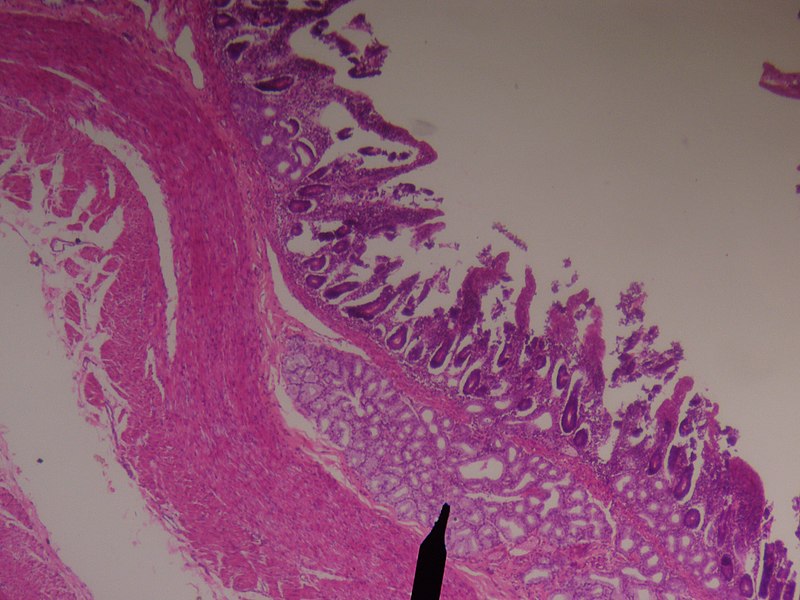

Brunner's glands (or Pancreal glands or "duodenal glands") are compound tubular submucosal glands found in that portion of theduodenum which is above the hepatopancreatic sphincter (Sphincter of Oddi). The main function of these glands is to produce a mucus-rich alkaline secretion (containing bicarbonate) in order to:
- protect the duodenum from the acidic content of chyme (which is introduced into the duodenum from the stomach);
- provide an alkaline condition for the intestinal enzymes to be active, thus enabling absorption to take place;
- lubricate the intestinal walls.


Isoniazid is a prodrug and must be activated by a bacterial catalase-peroxidase enzyme that in M. tuberculosis is called KatG.[6] KatG couples the isonicotinic acyl with NADH to form isonicotinic acyl-NADH complex. This complex binds tightly to the enoyl-acyl carrier protein reductase known as InhA, thereby blocking the natural enoyl-AcpM substrate and the action of fatty acid synthase. This process inhibits the synthesis of mycolic acid, required for the mycobacterial cell wall. A range of radicals are produced by KatG activation of Isoniazid, including nitric oxide,[7] which has also been shown to be important in the action of another antimycobacterial prodrug PA-824.[8]
Isoniazid is bactericidal to rapidly-dividing mycobacteria but is bacteriostatic if the mycobacterium is slow-growing.[citation needed]
Isoniazid inhibits the P450 system.[9
CYT P450 DRUG INHIBITOR
http://www.erowid.org/chemicals/dxm/faq/dxm_appendices.shtml


Elek's test, also known as the immuno diffusion technique, is a virulence test performed upon Corynebacterium diphtheriae.[1] It is used to test for toxigenicity of C. diphtheriae.
It was characterized in 1949
No comments:
Post a Comment